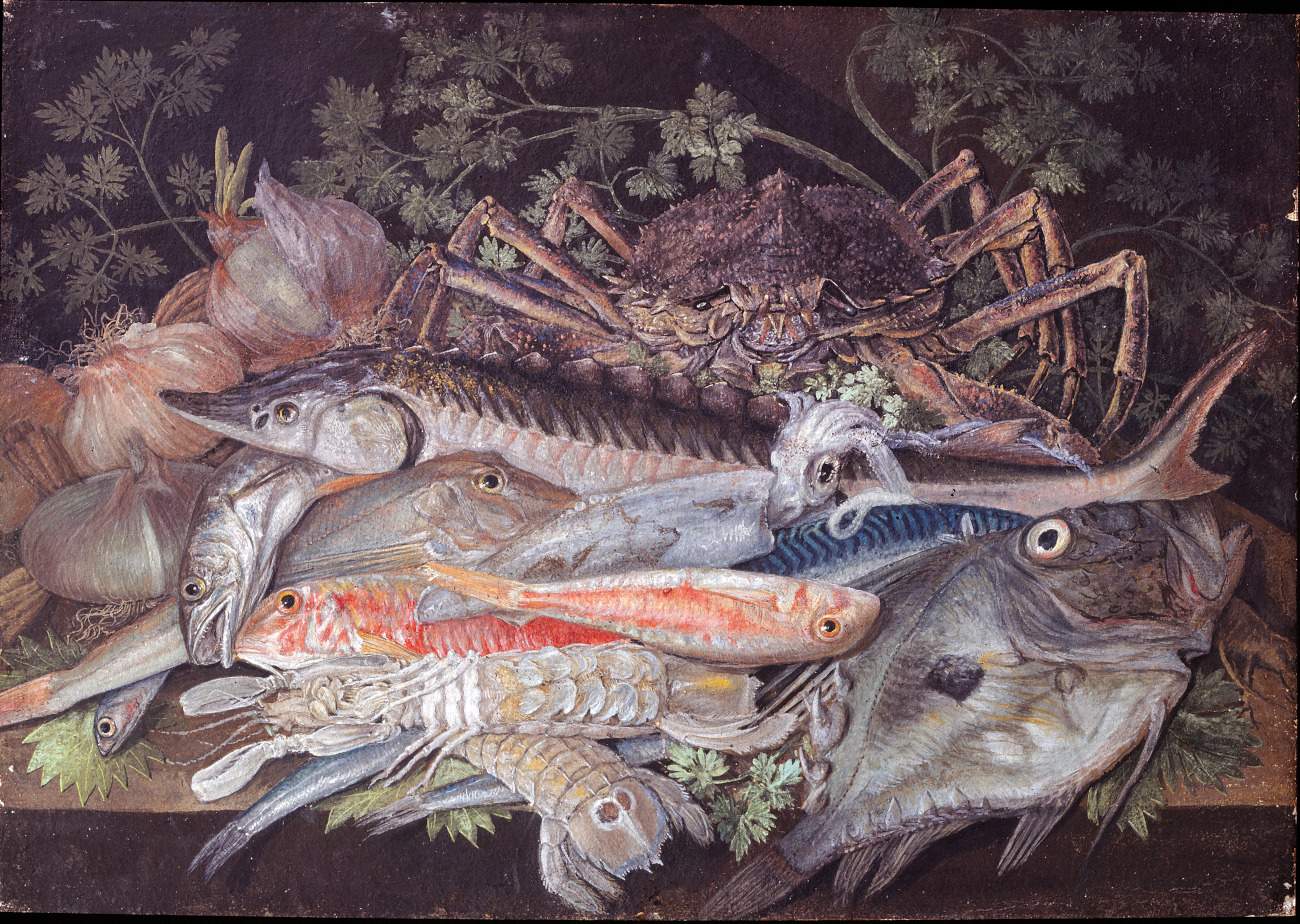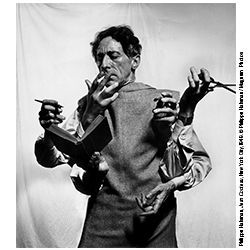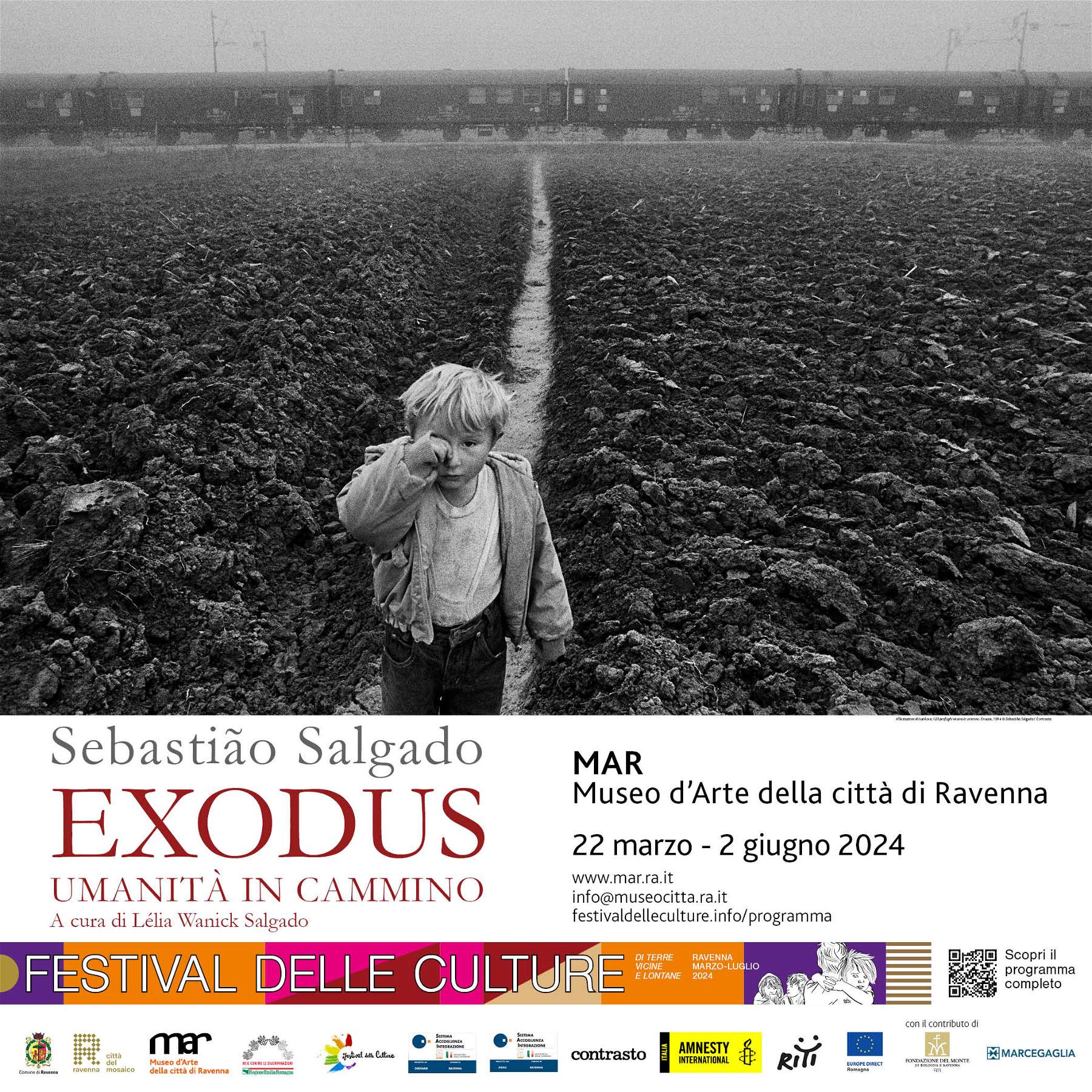Modena, at BPER Bank Gallery an exhibition on still lifes between the seventeenth and eighteenth centuries
The BPER Banca Gallery in Modena presents the exhibition The Enchantment of the Real. Fragments of the Everyday in Still Life between the Seventeenth and Eighteenth Centuries, open to the public free of charge from April 5 to June 30, 2024. Curated by Lucia Peruzzi, the exhibition shows visitors for the first time fifteen of the most significant paintings from the nucleus of still lif es in the BPER Banca collection, joined for the occasion by a selection of eleven masterpieces from private collections and public institutions for an itinerary that winds its way through the main artistic schools of the Emilia-Romagna basin between the seventeenth and eighteenth centuries. The curator of BPER Banca’s Historical Archives, Chiara Pulini, also proposes, in dialogue with the paintings, a selection of documents from the State Archives of Modena and the private Rangoni Machiavelli Archives to emphasize the profound link between the image conveyed by the work of art and the life lived.
The common thread of the exhibition is the artistic genre of still life and its transformations over time, from floral depictions to the interiors of pantries and set tables. The study of the real drops the inanimate, domestic object into a dimension that gives it symbolic value. The exhibition opens with Michele Desubleo ’s La Madonna della rosa (c. 1650), which sees the rose become a symbol of the Virgin’s purity and the passion flower recalling the instruments of the Passion, while Giovanni Andrea Sirani ’s La Terra dona a Nettuno i bulbi di tulipano (17th cent.) recalls the spread of the tulip in Europe following its importation from Holland after its arrival from Turkey. During the seventeenth century, growing interest in botanical studies and the creation of renowned gardens made flower painting extremely fashionable. Monsù Aurora is one of the artists who contributed to this trend, with paintings featuring a variety of flowers entwined in sumptuous garlands around portraits of children. Cittadini’s painting from the Civica Pinacoteca di Cento, depicting a table laden with sweets and refined food of aristocratic taste in line with the orientations of the Este court, dialogues with the work from the BPER Banca Collection Natura morta con frutta e spartito by Cristoforo Munari (17th - 18th century), which reveals a ’focus in the search for a refined repertoire and precious style.A special focus is devoted to the variation of the still life theme in the rendering of the everyday in its vivid essentiality. Bartolomeo Passerotti ’s painting of the Peasant Playing the Lute (16th century) is placed in relation to the three paintings attributed to the Master of Rodolfo Lodi, active between the 17th and 18th centuries. A central position in the exhibition is assigned to Still Life with Figures by Adriaen Van Utrecht (first half of the 17th century). The work, depicting a market with a sumptuous Baroque composition of meat, fruit, vegetables and game, offers a glimpse into the economic prosperity that characterized Antwerp, the artist’s hometown. The influence of Flemish art can also be perceived in the painting by Bartolomeo Arbotori of Piacenza and in that of the Neapolitan Giovan Battista Recco, whose glimpse of a kitchen full of fish and shellfish typical of a seaside town is featured in the exhibition. The two still lifes by Nicola Levoli (18th century), stand out for their depiction of the physicality of objects and food. Equally significant are the tempera paintings by Giovanni Rivalta (late 18th century) that focus on the kitchen environment and the ’lean’ and ’fatty’ dishes associated with the observance of Lent.
The exhibition is accompanied by a catalog published by Sagep, which becomes an instrument of solidarity. Proceeds will be donated, alongside BPER Banca’s contribution, to the Dynamo Camp ETS Foundation, which focuses its activities on the right to happiness of children and young people with serious illnesses.
"An original, different exhibition that combines works and archival documents in an innovative dialogue that complements them and adds value to the message that, with this exhibition, La Galleria BPER wants to convey,“ says Sabrina Bianchi, Head of Cultural Heritage at BPER Banca. ”In fact, the intention is to stimulate a critical reflection on our relationship with food, in a broader sense with nature, on our responsibility towards the environment and natural resources, thus promoting an intertemporal dialogue that, moving from the history of the past, can connect to the many current challenges related to food and the fight against food waste. With The Enchantment of the True, The BPER Bank Gallery wants to offer the public not only an exhibition proposal, but also a concrete message of reflection on sustainable and conscious behaviors, in this case through culture, which is always a privileged bearer of values and cues in favor of social growth."
“Colorful flowers, freshly bloomed or on the verge of decay, refined pottery and fine majolica, pantries full of delicacies, aristocratic canteens filled with elaborate food, alternate with frugal canteens exhibiting reed of everyday and domestic taste, often also evocative of hardship and sacrifice,” explains Lucia Peruzzi, curator of the exhibition. “These are the themes tackled by the Emilian masters in the works in the exhibition, relocated here in a reading plot in which the objects emerge from their merely aesthetic and decorative dimension to also rediscover a sense of the strong connection with the flow of life.”
For all info: www.lagalleriabper.it
Hours: Every Friday, Saturday and Sunday from 10 a.m. to 6 p.m.




 |
| Modena, at BPER Bank Gallery an exhibition on still lifes between the seventeenth and eighteenth centuries |
Warning: the translation into English of the original Italian article was created using automatic tools. We undertake to review all articles, but we do not guarantee the total absence of inaccuracies in the translation due to the program. You can find the original by clicking on the ITA button. If you find any mistake,please contact us.




















